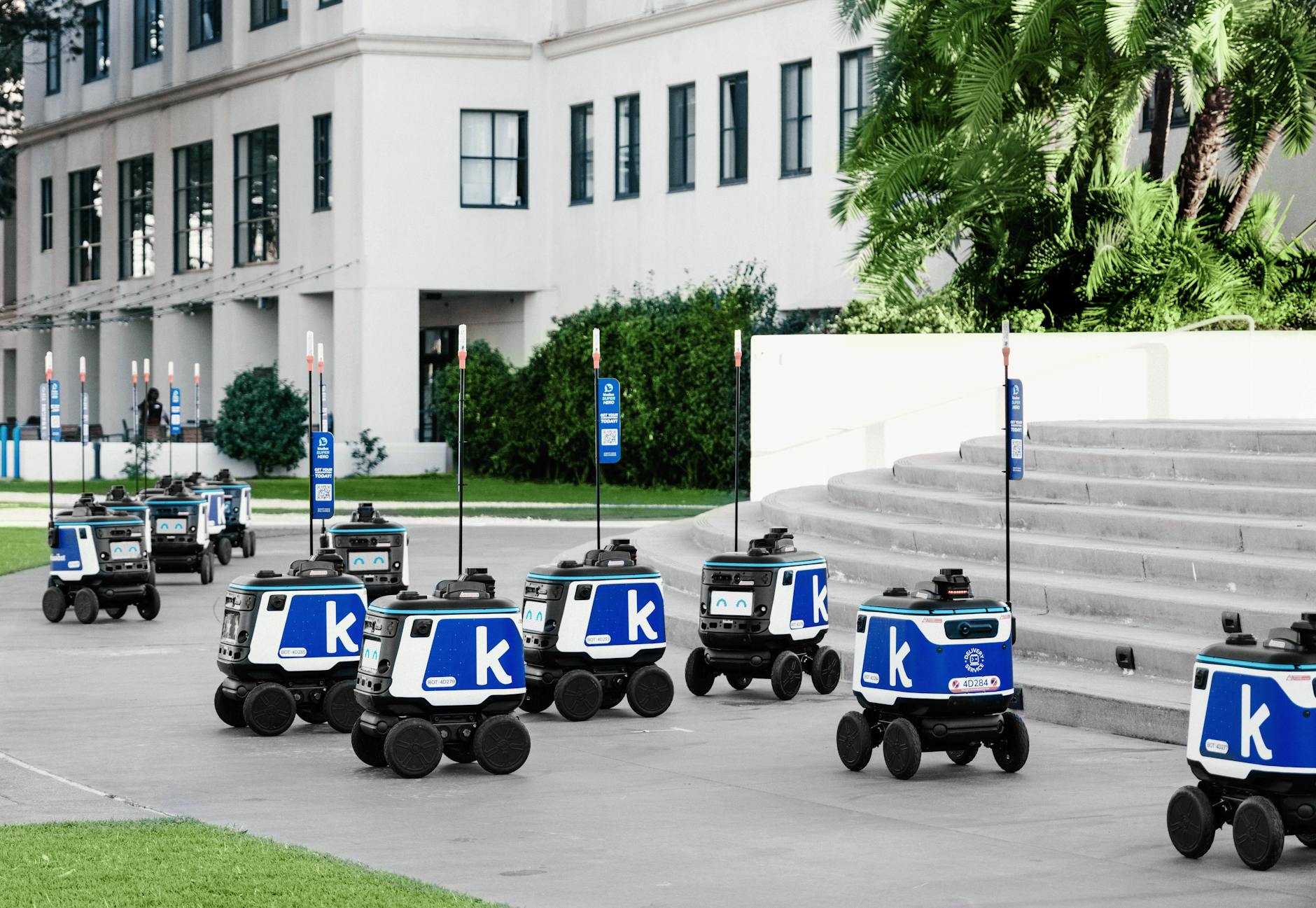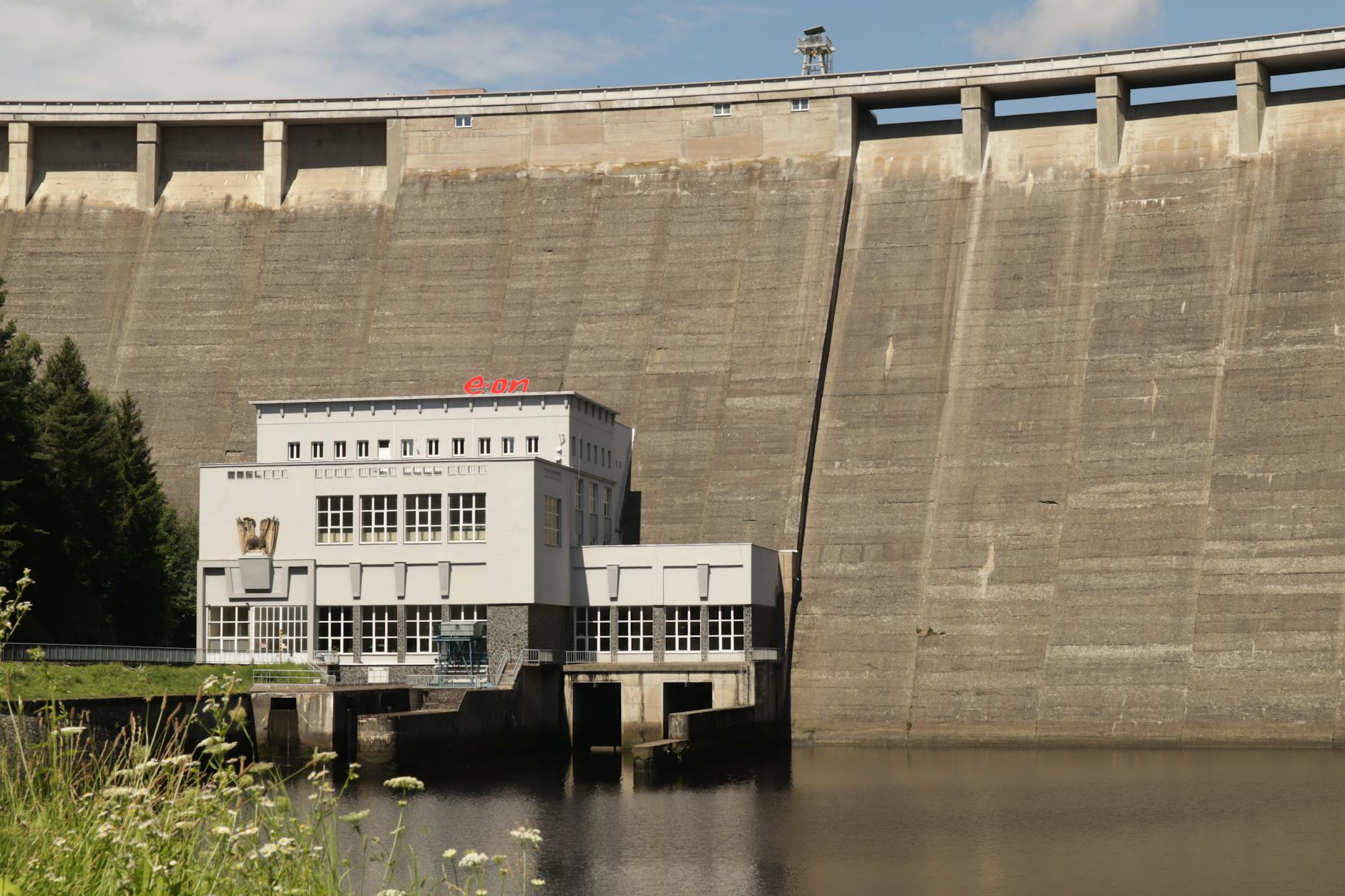- Understanding Autonomous Delivery Robots
- The Advantages of Autonomous Delivery Robots
- How Autonomous Delivery Robots Work
- Overcoming Challenges and Regulations
- The Future of Last-Mile Delivery
Title: Revolutionizing Last-Mile Delivery with Autonomous Delivery Robots
In the ever-evolving world of logistics and e-commerce, finding efficient and cost-effective solutions for last-mile delivery has always been a challenge. With the advent of technology, a new player has entered the scene to revolutionize last-mile delivery – autonomous delivery robots. These cutting-edge robots are set to transform the way goods are delivered, offering a seamless and efficient alternative to traditional delivery methods. Let’s delve into the world of autonomous delivery robots and explore how they are reshaping the future of logistics.
Understanding Autonomous Delivery Robots
Autonomous delivery robots, also known as delivery bots or droids, are self-driving vehicles designed to navigate sidewalks and pedestrian pathways to make deliveries. These robots are equipped with sensors, cameras, and software that allow them to autonomously navigate their surroundings, avoid obstacles, and deliver packages to their designated destinations. They are capable of carrying a range of goods, from groceries and parcels to takeout meals, making them a versatile solution for last-mile delivery challenges.
The Advantages of Autonomous Delivery Robots
The adoption of autonomous delivery robots offers a myriad of benefits for businesses and consumers alike. One of the key advantages is their ability to operate 24/7, unlike human delivery drivers, ensuring round-the-clock delivery services. Moreover, these robots can significantly reduce delivery times and costs, leading to enhanced operational efficiency for businesses. For consumers, autonomous delivery robots offer convenience, speed, and the flexibility to schedule deliveries at their preferred times, revolutionizing the shopping experience.
How Autonomous Delivery Robots Work
Autonomous delivery robots operate on a combination of cutting-edge technologies, including artificial intelligence (AI), machine learning, and advanced sensors. These robots utilize mapping software to navigate their routes and algorithms to adapt to changing environments in real-time. When a delivery is scheduled, the robot receives the package at a designated hub or warehouse and sets off on its journey to the recipient’s address. Throughout the delivery process, the robot communicates with the recipient and can even be tracked in real-time, ensuring secure and efficient delivery.
Overcoming Challenges and Regulations
While the potential of autonomous delivery robots is immense, there are still challenges to overcome, including regulatory hurdles and public acceptance. Regulations governing the operation of these robots on sidewalks and pedestrian pathways vary by location, requiring companies to work closely with local authorities to ensure compliance. Additionally, addressing concerns around safety, privacy, and potential job displacement is crucial to gaining public acceptance and trust in this technology. By actively engaging with stakeholders and proactively addressing these challenges, the integration of autonomous delivery robots into urban environments can be achieved successfully.
The Future of Last-Mile Delivery
As technology continues to advance, the future of last-mile delivery is undoubtedly intertwined with autonomous delivery robots. These robots are poised to play a significant role in transforming the logistics industry, optimizing delivery processes, and enhancing customer experiences. With ongoing research and development focused on improving their capabilities and addressing operational challenges, autonomous delivery robots are set to become a ubiquitous presence in urban landscapes, offering a seamless and efficient last-mile delivery solution for businesses and consumers alike.
In conclusion, autonomous delivery robots represent a groundbreaking innovation in the field of logistics, offering a futuristic and efficient solution to last-mile delivery challenges. With their ability to operate autonomously, navigate complex environments, and deliver goods with speed and precision, these robots are reshaping the future of delivery services. As businesses continue to embrace this technology and regulators work to address key issues, the widespread adoption of autonomous delivery robots is inevitable, heralding a new era of seamless and effortless last-mile delivery solutions.


